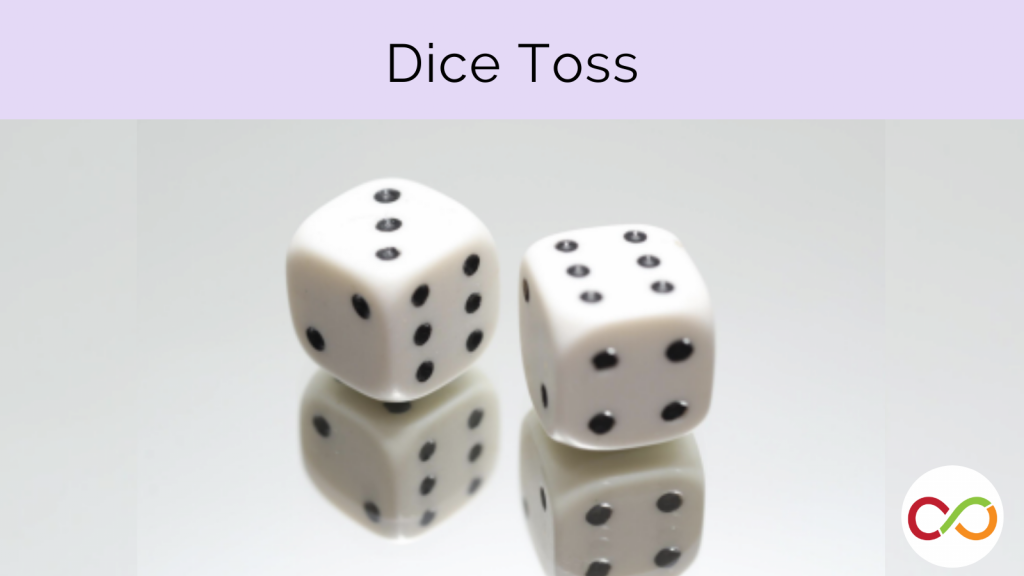Go Fish
Early Years/Primary (Age 3 – 9)
Curriculum Goal
Kindergarten: Demonstrating Literacy and Mathematics Behaviour
- Demonstrate an understanding of numbers, using concrete materials to explore and investigate counting, quantity, and number relationships
Primary: Number Sense
- Compose, decompose and compare whole numbers up to and including 50, using a variety of tools and strategies, in various contexts
Context
- Two to four students sit together on the carpet or at a desk
- Primary students should have prior experience with adding, subtracting, multiplying and dividing under 50
Materials
- One standard 52-card deck with jokers
Lesson
- The teacher or group select a target number and deals five cards to each player
- Early years students may want to target a number that is 12 or lower
- Primary students may want to target a number upwards of 10 to 50
- Players identify and place any pairs that can reach the target number
- Early years students may want to attempt addition
- Primary students may use all arithmetic operations (addition, substruction, multiplication, division)
- Players take turns asking others for specific cards that will help them create more pairs with their remaining cards
- If the asked player doesn’t have the card, they say “go fish”, prompting the asker to draw from the deck
- Players replenish their hand with five new cards once they run out
- The game continues until the deck is exhausted
- The player with the most pairs wins
Look Fors
- What operation do students use to combine the cards and reach the target number?
- What strategies students use to determine which card to ask for?
Share this lesson
Share on facebook
Share on twitter
Share on email

